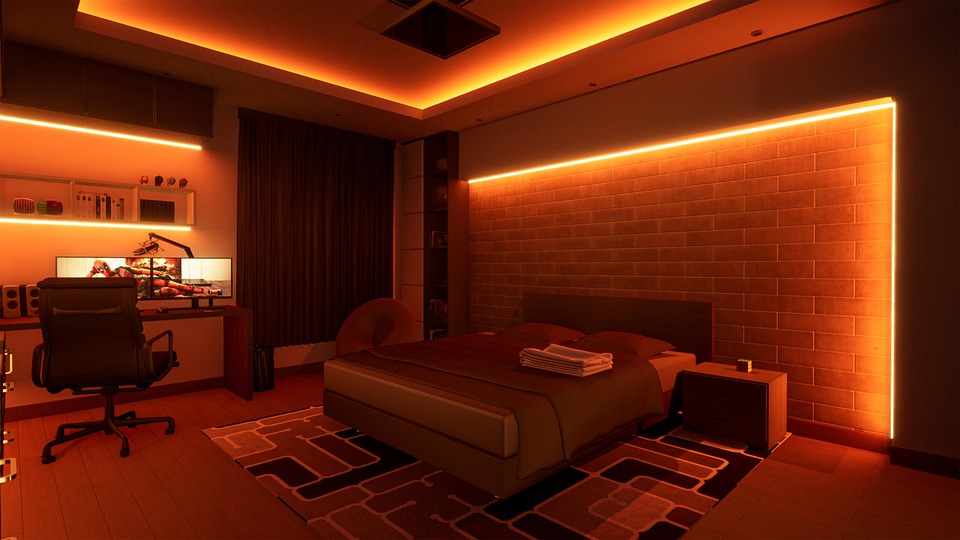Making the leap from console gaming to a full-fledged PC setup can feel a bit overwhelming, but it’s also an exciting venture filled with possibilities. You’ll find greater flexibility, enhanced graphics, and a vast array of gaming options. Whether you’re a long-time console player contemplating a switch or a newcomer diving into the world of PC gaming, this guide will help you navigate the transition smoothly and efficiently.
1. Understanding the Advantages
Before you jump in, let’s highlight some key benefits of PC gaming:
-
Performance and Graphics: High-end PCs can provide better frame rates and resolution compared to consoles. You can customize settings to suit your preferences for performance vs. visual fidelity.
-
Modding Community: Many PC games support mods, which can enhance gameplay, improve graphics, or even change the genre of the game entirely.
-
Game Library: Platforms like Steam, Epic Games Store, and GOG offer vast libraries of games, often at discounted prices during sales.
- Accessibility: With a PC, you can easily switch between gaming, streaming, browsing, and content creation without needing a separate device.
2. Choosing Your Hardware
a. PC Build vs. Pre-built
One of the first decisions you’ll make is whether to build your own gaming PC or buy a pre-built one.
-
Building Your Own: This option allows for customization and can save you money in the long run. You’ll have control over the components, ensuring optimal performance for your gaming needs. Websites like PCPartPicker can help you choose compatible parts based on your budget and preferences.
- Pre-built Systems: If you want to jump straight into gaming without the hassle of assembling components, pre-built systems are the way to go. Many manufacturers offer gaming PCs with various specifications, making it easy to find one that meets your needs.
b. Essential Components
CPU: The heart of your PC. Look for a solid processor from Intel or AMD. Aim for at least a mid-range option for a smooth gaming experience.
GPU: The graphics card largely determines gaming performance. Look for a dedicated graphics card that meets the requirements of the games you wish to play.
RAM: Aim for a minimum of 16GB for most modern games. More is better if you’re multitasking or playing resource-intensive titles.
Storage: An SSD will significantly improve load times compared to traditional HDDs. A combination of SSD (for operating system and games) and HDD (for additional storage) is often ideal.
c. Peripherals and Accessories
Don’t overlook the importance of peripherals:
-
Monitor: A high-refresh-rate monitor can enhance your gaming experience significantly. Look for one with a resolution that suits your GPU capabilities.
-
Keyboard and Mouse: Invest in a gaming keyboard and mouse that are comfortable for long play sessions. Consider features like programmable keys or RGB lighting.
- Headset: A good headset will enhance your audio experience, allowing for immersive gameplay and communication in multiplayer settings.
3. Software Essentials
a. Operating System
Windows is the most popular OS for gaming, due to its wide compatibility with various titles. Ensure you have the latest updates and consider disabling unnecessary services to improve performance.
b. Game Platforms
Familiarize yourself with game distribution platforms such as Steam, Origin, or Epic Games Store. They often have sales and offer a range of games that you’ll find appealing.
c. Utilities
Invest in utilities that can enhance your gaming experience:
- Game recording software: If you plan to stream or record gameplay, tools like OBS Studio or NVIDIA ShadowPlay are excellent choices.
- Performance monitoring tools: Programs like MSI Afterburner can help you monitor your system’s performance and make adjustments as needed.
4. Getting Comfortable with Controls
The switch from a gamepad to a mouse and keyboard can be disorienting but offers a greater range of control. Spend some time getting accustomed to WASD movement, mouse aiming, and various keybindings. Many games allow you to customize controls to suit your preferences.
a. Training Modes
Consider using training modes or tutorials in games to practice your skills without the pressure of competition.
b. Gradual Transition
You can also use a gamepad with your PC initially to ease into gameplay, as many games support this feature.
5. Optimize Your Setup
a. Graphics Settings
Once you start playing, dive into the graphics settings of each game to find the right balance of performance and visual fidelity. Experimentation is key—adjust settings like texture quality, anti-aliasing, and shadows to achieve optimal performance.
b. Clean Your PC
Don’t forget to keep your PC clean and upgraded. Dust buildup can impede performance, so regularly check your hardware and ensure it’s running optimally.
6. Join the Community
Engagement with the community can significantly enhance your gaming experience. Join forums, social media groups, or platforms like Discord to connect with fellow gamers. Sharing tips, strategies, and experiences can make your transition much smoother.
Conclusion
Transitioning from console to PC gaming is more than just changing hardware; it’s an evolution of your gaming experience. With enhanced performance, a vast library of games, and a community at your fingertips, you’ll soon discover the depth and enjoyment that comes with PC gaming. Take it step by step, and soon you’ll be gaming like a pro!


